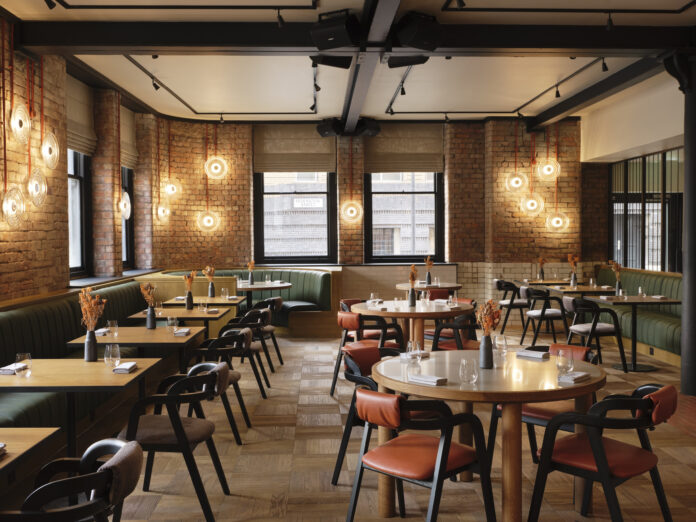And ideal ways to ‘reset’ your home in 2022.
Let’s put things mildly, here; the pandemic has most certainly changed the way we interact with our domestic spaces.
Before ‘COVID’, ‘lockdown’ and ‘social distancing’ entered the popular vernacular forever, our homes were spaces primarily reserved for domesticity, whether that took the form of Saturdays spent watching Strictly as a family, roast dinners shared on a Sunday, or fleeting moments during the week where housemates crossed paths in the hallway.
The pandemic, as we’re sure you don’t need reminding, changed all that. In the time it took ‘Boris’ to fumble his way through a press conference, our homes had been transformed into places of work, play, school, exercise, and everything in between.
And whilst the pandemic certainly isn’t over, with the UK now returning to some semblance of normality, homeowners and renters alike are looking to ‘reset’ the way in which they approach their domestic living arrangements.
Should you be keen to do the same, then today we’re exploring the the key impacts of the pandemic on interior design, and how to ‘reset’ your home in 2022.
Home Offices
One of the biggest changes in interior design that has come with the pandemic is the increase in home offices, and the subsequent space-shuffling and room-juggling to make room for them.
Working from home became mandatory during the pandemic and home offices a necessity, however hastily arranged or fully-formed they appeared. And however much much of the UK’s press is desperate to encourage us back to our central office spaces, it does look like home offices are here to stay; it was recently reported that commuter numbers are still almost a quarter down on figures in February 2022, before the COVID-19 crisis took hold of the country.
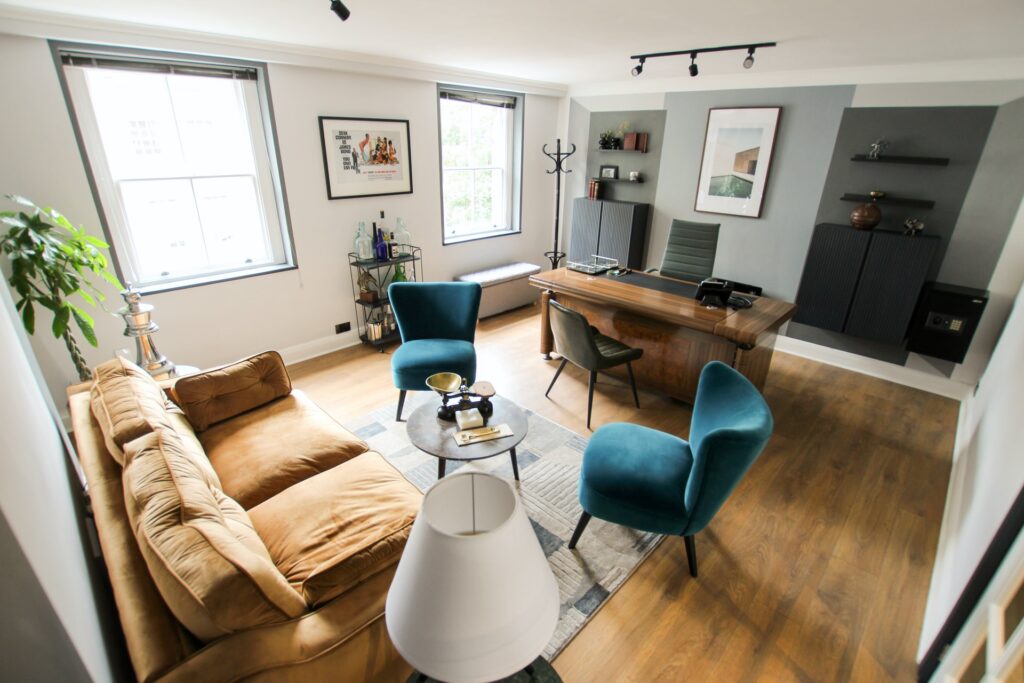
Now that it’s been established that you’re in this thing for the long haul, it might be best to fold away that makeshift desk made from an ironing board, and dedicate a proper space to your #WFH endeavours.
Even if you can’t devote a whole room to a home office, it’s possible to ‘zone’ a corner of the house to ensure you have proper peace and quiet during the day, free from distraction (that’ll teach those tedious columnists casting aspersions on the productivity of remote workers).
Since you’re looking to make things more permanent, you’ll also want to make sure your home-office setup is ergonomically sound, and not causing you posture problems, tech-neck or any other physical issues associated with the temporary working arrangements brought on by the pandemic.

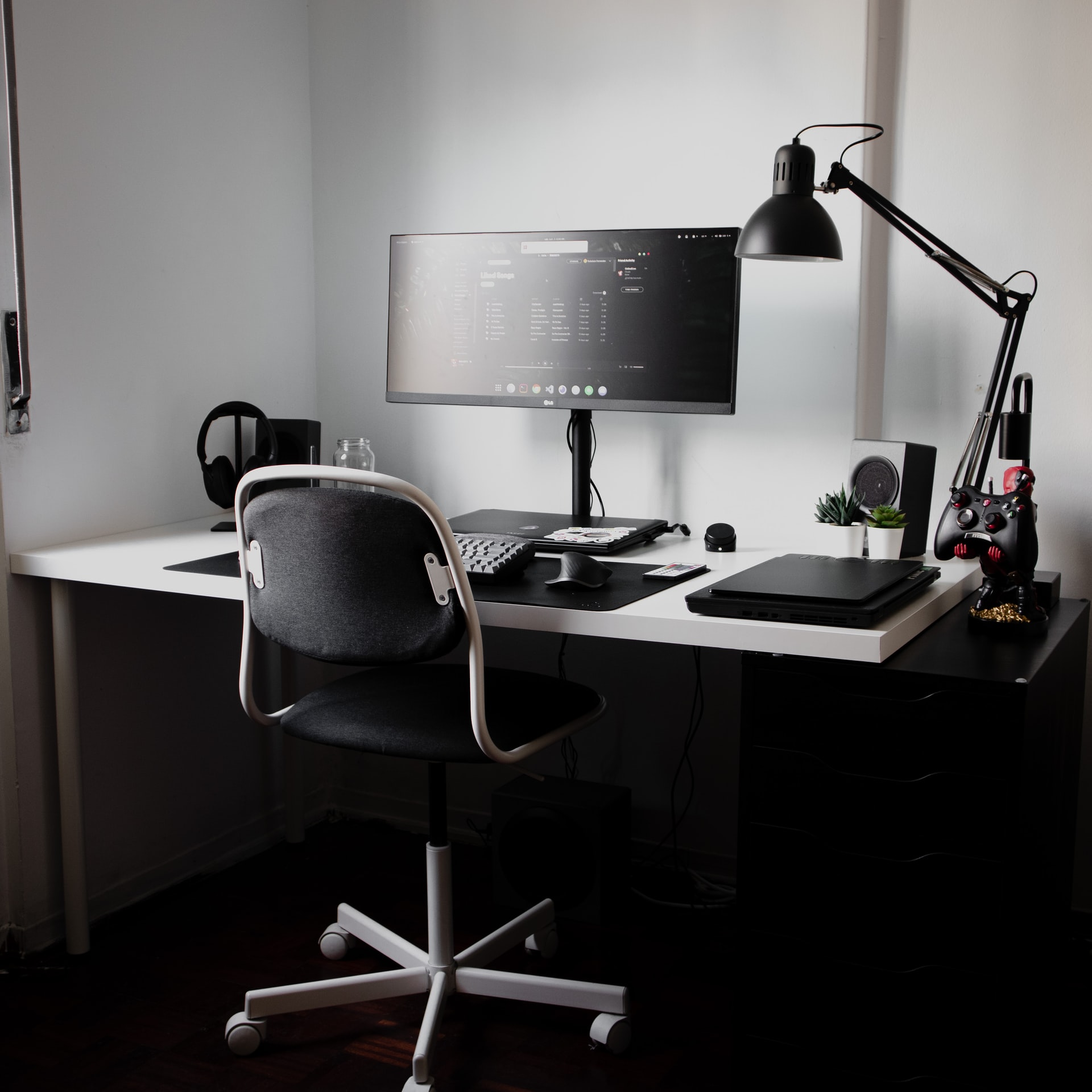
At the very least, you’ll want to invest in a chair with lumbar support and a headrest, a screen with an adjustable monitor, and a mouse with wrist support.
Some choose to go further, devoting a second screen to work that’s positioned higher than eye level, to ensure they’re able to deploy the 20-20-20 rule to prevent digital eye strain. This is, quite honestly, a job best carried out by professionals; click here to learn more about getting your TV or computer screen wall mounted.
Biophilic Design
It’s no surprise that establishing a connection to nature became so important during the pandemic, with lockdowns leading to extended periods at home, peering out the window at nature doing its thing.
Indeed, the pandemic saw many Brits develop green fingers, with spending on gardening rising significantly as the crisis wore on. Many more (particularly those without gardens) adopted a ‘bring the outside in’ approach to their interior design styles.
This has led to more people introducing biophilic design to their domestic spaces in 2022, making plants a part of their everyday life (and the furniture!).
By focusing on our relationship with nature, it’s been posited that biophilic design could even improve our wellbeing and expedite healing, enhance creativity and improve clarity of thought…and who doesn’t want that?
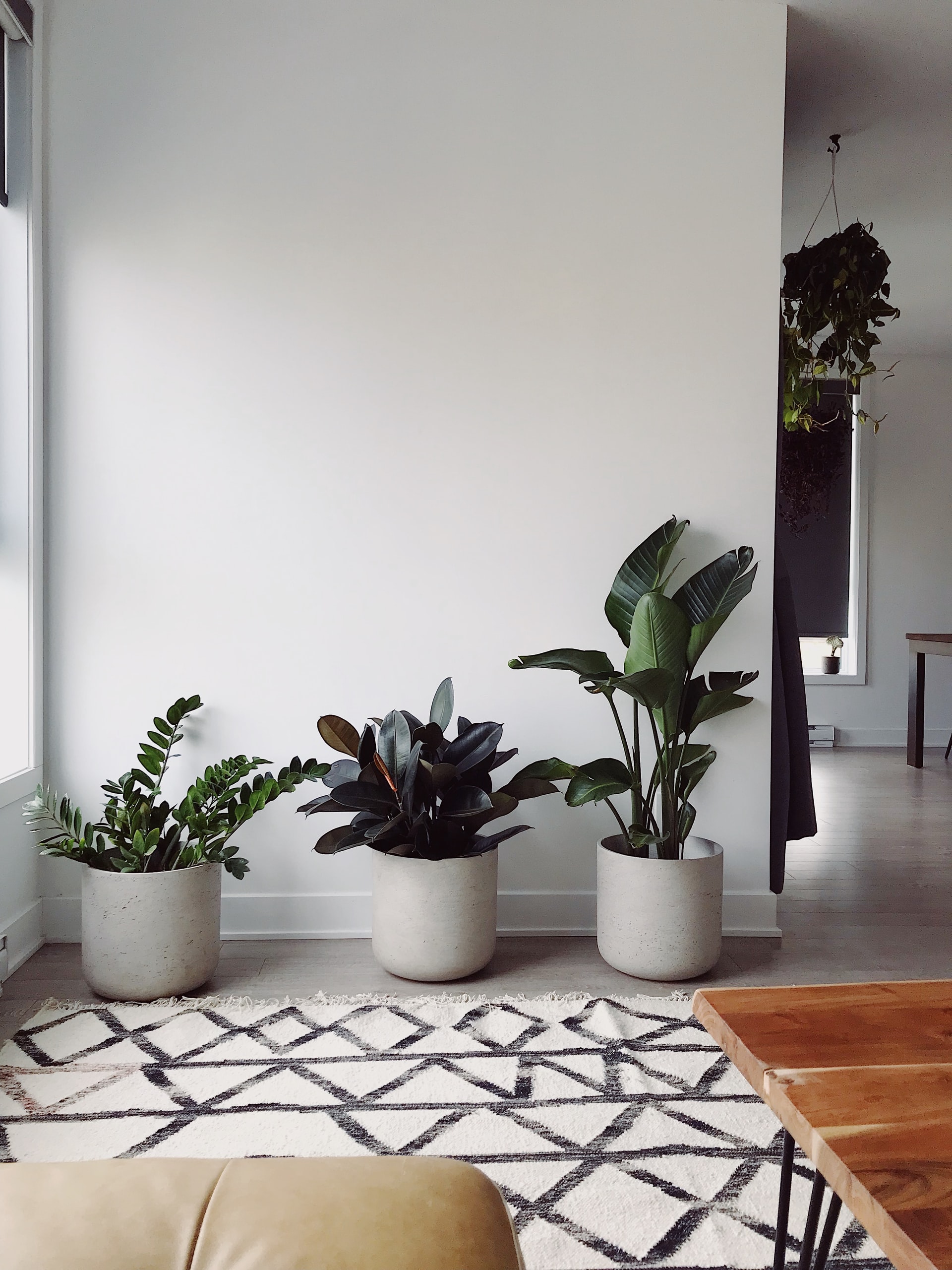

This trend towards biophilic design also promotes sustainability, seasonality and the protection of the environment, rather than simply encouraging you to buy as many houseplants as you can carry home with you.
Instead, try buying furniture and décor second hand, or upcycle and reuse old furniture to continue the ideals of biophilia, as well as enhancing natural light and ventilation at home, another key cornerstone of biophilic design.
Living walls, repainting colours and patterns, and, of course, houseplants all help increase the harmony with your home and the natural world, and this is a wonderful way to continue this very welcome interior design trend into 2022 and beyond.
Windows And Skylights
Speaking of allowing more natural light into your home….
With people spending most of their days indoors during the pandemic, the importance of larger windows and increased sunlight was felt keenly, but sometimes difficult to realise, as major renovation projects were largely put on hold.
Now that we’re able to welcome construction workers into our home safely again, it’s predicted that interest in skylight installation and the introduction of larger windows are both set to increase in the UK.
Consider a floor to ceiling window if you can get them south or west facing. However, if your windows are north or east facing, it is better to get skylights and make the most of the overhead sunlight and heat.
If you can’t easily increase the size of your windows or add skylights, there are other more affordable ways to encourage the flow of more natural light in your home. Read some useful tips on doing just that here.
Broken Floor Plans
Before the pandemic, open floor plans were the big thing in interior design, and we couldn’t get enough of them. However, people’s priorities changed seemingly irrevocably during the pandemic, and it no longer feels feasible to have the office and the kitchen sharing space (and sounds, and smells…) when you are spending a full workday, 5 days a week here.
Privacy and dedicated spaces for different activities have led to the rise in the popularity of broken floor plans, with the intimacy and privacy offered by compartmentalising spaces becoming something of a necessity.
Indeed, according to 2020’s John Lewis Flexible Home Living Report, open plan rooms and their associated communal living spaces fell out of fashion during the pandemic, with families keen to create separate zones for home working, study and exercise.
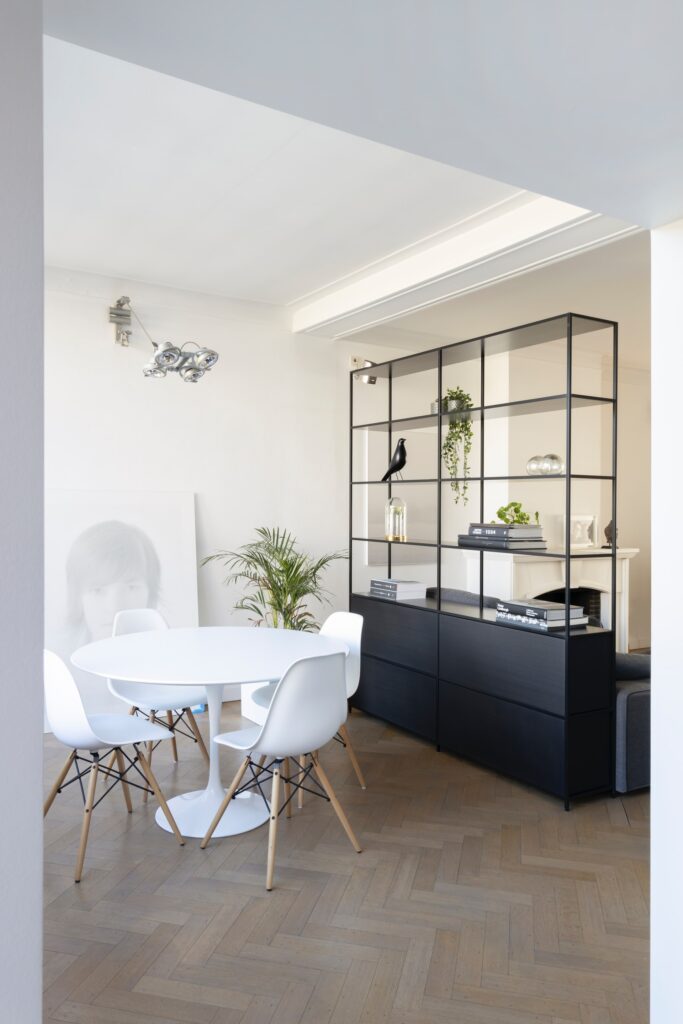
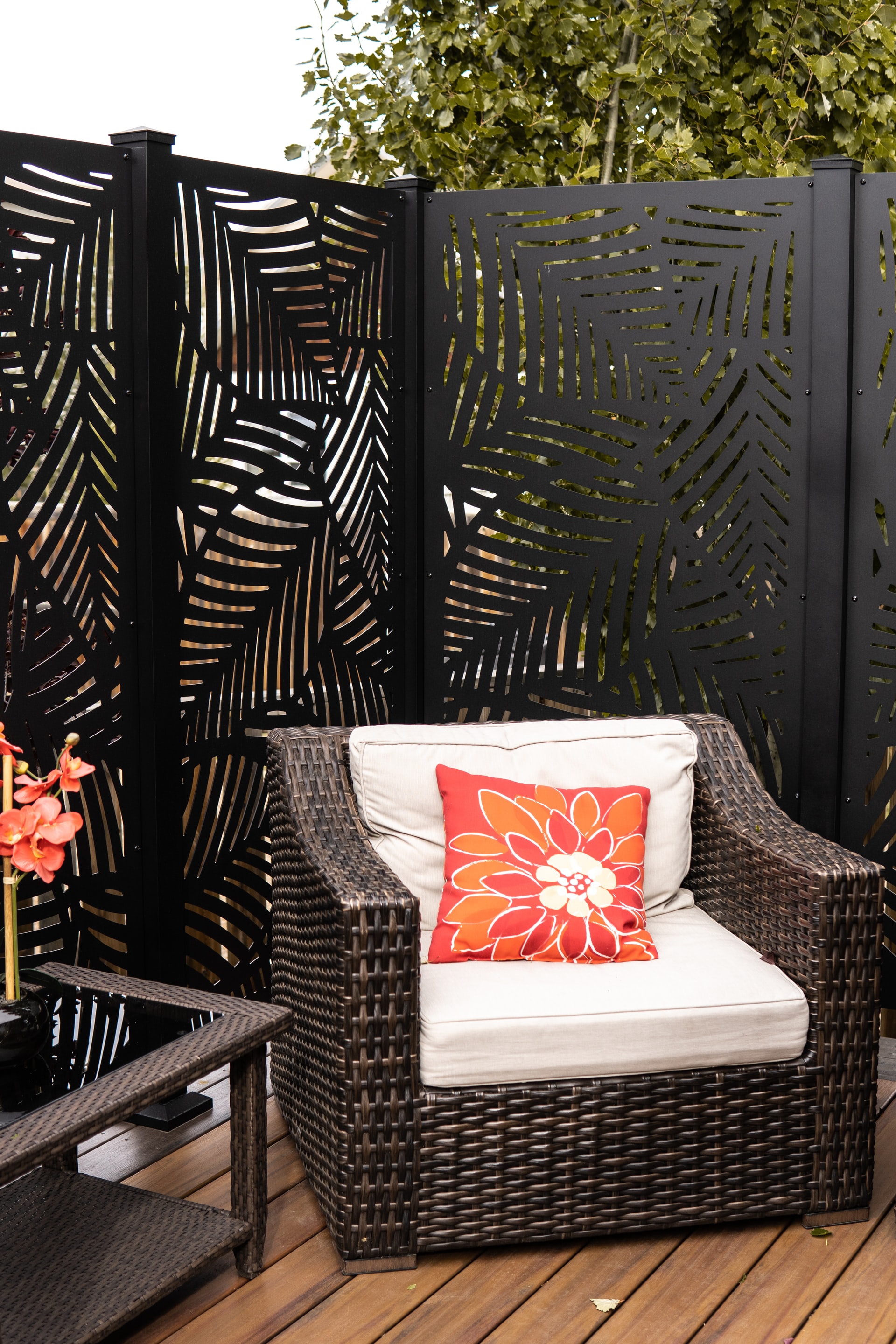
As we look forward to a post-pandemic world of domestic living, it’s likely that more temporary solutions to the push/pull of open-plan living and shared spaces are going to be needed.
One such solution is privacy screens. Foldable and temporary, and placed strategically throughout your open plan living space, these screens can help separate different areas of the same room, with their impermanence an asset when you’re keen to return to that sociable expansive space everyone used to covet so keenly.
These screens usually fold up to be just under the width and height of an average doorway, making them easy to store when you need to use the whole space together. You can even use them outside to give you privacy from your neighbours. Job done.
If you’re keen to ensure your domestic space is one that promotes wellbeing, then check out these interior design tips to help reduce stress. You won’t regret it!



